
I’m writing on a Monday.
(Monday morning, in fact.)
I’m not going to lie.
It kind-of sucks.
Thankfully, there’s a good reason for the routine-shake-up.
Tomorrow, I’m off to New Orleans to attend the always-fun PhotoNOLA festival.
It will be my first IRL photo-event since the world shut in March 2020, and I can not wait to see friends, review portfolios, eat amazing food, and stroll around the beautiful French/Spanish/Creole/American city.
(Honestly, up until recently, I didn’t know Spain controlled New Orleans for forty years.)
On Wednesday, PhotoNOLA will be releasing six video interviews I did on their behalf, for the Virtual BookFair, and I was fortunate to speak to a really cool collection of artists and publishers.
I’ll include the link, even though it hasn’t happened yet, (for me,) and it’s already happened, when you’ll read this piece.
(Such a 2021 time-warp. Appropriate for a strange fucking year.)
Between writing on a Monday, still feeling discombobulated from the crazy book I reviewed on Friday, and needing to get my house in order for a big trip, I don’t have many available brain cells at the moment.
Certainly not enough to read/look at a new photobook, process it, think deeply, then spit out an appropriately-intelligent review, as you’ve come to expect these last 10 years.
Instead, we’re going to pivot.
Before I fill my head with a host of new stimuli down in Louisiana, I thought we’d time-jump back to mid-October, when I went to Chicago to eat, drink, be merry, and see some great art.
Thankfully, that last goal was met at the Art Institute of Chicago.
(If you can’t see amazing things there, you’re not trying hard enough.)
I was a bit sad the Hokusai/Hiroshige exhibition closed a few days before my visit, and will openly admit I didn’t do enough homework to know the well-received Barbara Kruger show was happening while I was there.
As a critic, I’ll offer a “my bad,” as I ought to have dialed in the radar, but my goal was to see the André Kertész show, (for you photo geeks,) in particular because my friend Greg was involved in the curation.
So with that as my action plan, I strolled South a couple of miles along Michigan Avenue, and stopped to take a photo for you, where the Chicago River emerges from the massive Lake.
I caught a cool video art installation in Millennium Park, and have since learned it was called Crown Fountain, by Spanish artist Jaume Plensa, featuring images of Chicago residents.
When I got to the museum, I let instinct be my guide, (as I arrived mid-afternoon, and didn’t have much time,) and headed up a floor in the Contemporary wing.
(The Museum is really two buildings connected together, and I’ve been through the historical wing a few times now.)
I found the opportunity to commune with some of the true greats of the 20th Century, including a few of my all-time favorites: Jackson Pollock, Mark Rothko and Charles Ray.
As to Pollock and Rothko, there’s not much I can say that hasn’t been written a thousand times.
I’ll admit the work, which is large-scale, and overwhelms the body with emotion, needs to be experienced in person to be understood.

Abstract Expressionism leans heavily on both words, and the feelings and energy expressed impose on your soul, (in a good way,) which is why museums are so bloody important.
(Sorry for the English slang. I’ve got an Arsenal game coming on in a few hours.)
Standing in the middle of a room full of Rothkos, none of which I’d seen before, is akin to sitting on the sand, staring at the Pacific Ocean.
His paintings are the only art that’s ever made me feel that way, and the experience alone was worth schlepping from Taos to Chicago.
However, I also got to be creeped out by an insane, large-scale boy sculpture by Charles Ray, which also needs no explanation.
Is it Hansel before he gets eaten? The inspiration behind Taika Waititi’s Jojo Rabbit? One of the kids from “The Sound of Music”?
Really, who’s to say?
Beyond that, I loved an installation by the brilliant Kerry James Marshall, the beautiful portrait of Chicago’s Barack Obama by Jordan Casteel, and these two super-textural paintings by Japanese artists Shimamoto Shozo and Shiraga Fujiko.
This Roy Lichtenstein painting was bonkers good, and held my attention for 5 minutes or so.
What a joy!
I was also mesmerized by this David Hockney painting, called “American Collectors (Fred and Marcia Weisman,) which I stood before for a good 6 minutes.
It was so seductive, in his SoCal sort of way, but like the Raymond Jonson painting I saw in Albuquerque earlier this Fall, it also felt Anti-Semitic.
When I reviewed that show, it was the first time I’d ever leveled that accusation in my career, but here, I recognized the feeling again.
A clearly unflattering depiction of a wealthy, Jewish art patron.
Is it OK to paint people as unattractive?
Sure, why not?
But when a person within a culture feels a negative emotional reaction to an old trope, (one used to denigrate a people for millennia,) I think it deserves mention.
Next up, I’ve got to discuss the issue of the exploitation of the female form by famous, powerful, White artists.
I realize at this point, I’ve been covering this subject throughout the pandemic, and maybe it’s time to let it go.
But I’ll let you be the judge if it’s worth considering today.
Richard Prince, who’s taken heavy fire from the photo-world for years, based upon his appropriation of Sam Abell’s work, and then Patrick Carou, had some pin-up photos of pretty, topless, young women, and I really thought they were tacky.
But they were joined by cheesy, exploitative work by Andy Warhol and Jeff Koons.
(I normally love Warhol’s paintings, as he’s been a huge inspiration to me.)
As I stood there, in the museum in 2021, I couldn’t help but wonder if the curators were oblivious to the cultural moment?
Really, is this the time to be flaunting such things, when one has an entire basement filled with genius works?
Do we need to see big, bulging breasts painted/sculpted by rich, old (or dead) White guys?
I say no.
And the only female artist of that level of renown in those galleries was Cindy Sherman, whose images both critique and simultaneously reinforce the stereotype of the young, blonde, damsel-in-distress.
Sure, we all know Cindy was subverting tropes, but the AIC draws plenty of “regular citizens,” and in the context of the Prince, Warhol and Koons work, I suspect Sherman’s subversive photographs are themselves subverted.
Lastly, I’ll show some images from the André Kertész exhibit, which focused only on small prints he made during stint living in Paris.
Normally, that wouldn’t matter, (the size of the photographs,) but after looking at so much big work, reveling in the power of scale, I admit it was hard to get so close to small pictures to absorb the details.
(The one Mondrian painting included, b/c Kertesz had photographed his studio, was a brilliant touch.)
There were beautiful night scenes in Paris, including images of the Eiffel Tower. (Naturally.)
And we also saw some well-constructed interior photos. (Including Mondrian’s studio, which explains the original painting on the wall.)
But wouldn’t you know it, one of Kertesz’s prominent subjects, while living in Paris, was shooting pretty and/or striking young women.
Like Paul McCartney admitting in a recent New Yorker article that he got into a band to catch birds, (English slang for girls,) I’m not going to hate on Kertész for gravitating his camera towards attractive women.
So many photographers have done it, and it’s not for nothing that Hollywood, (and the entertainment industry in general,) treats gorgeous young women as such prized commodities.
Certainly, these photographs were excellent, and held my attention while my brain cells slowly rebelled against me. (It was nearly 4pm on a day I walked 15 miles.)
But it is a good place to end today’s column.
When we describe “agency” and “power dynamics” in 2021, it’s within the context of a long history of the exploitation of women by men.
Sure, anyone can photograph anything they want these days, as long as the subject is a consenting adult.
I do think each artist who likes to photograph “hot chicks,” in our new times, should have a pretty compelling reason to do so, given our culture of objectification.
That’s all I’ve got.
Lots of reporting from New Orleans up ahead.
See you next week!
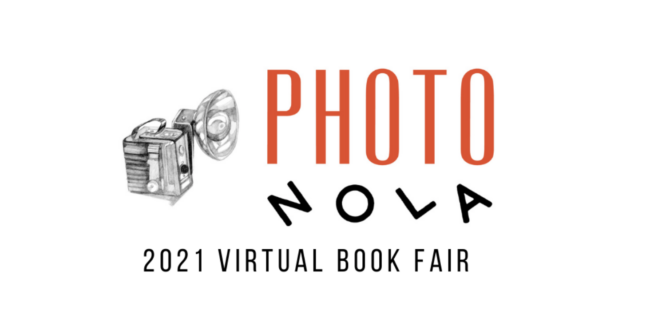




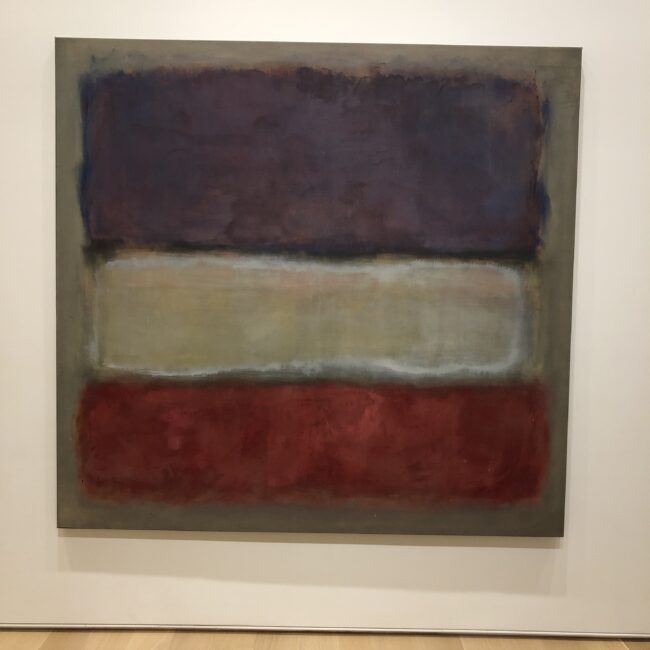
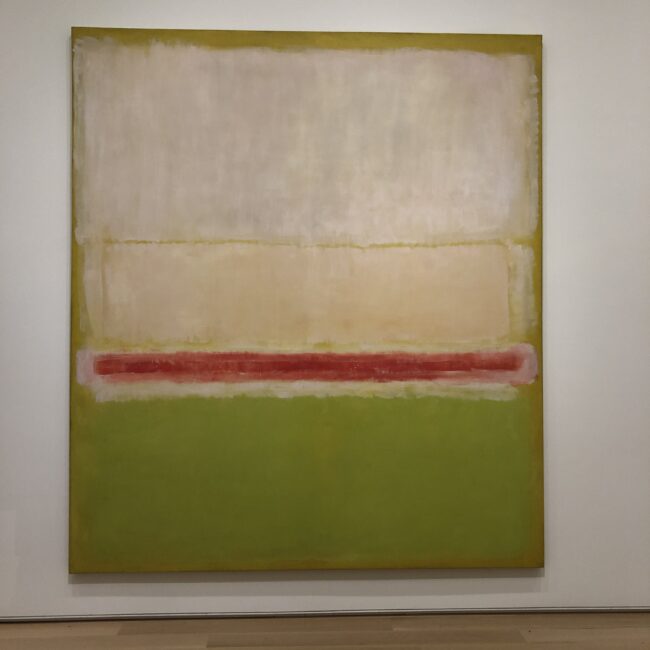

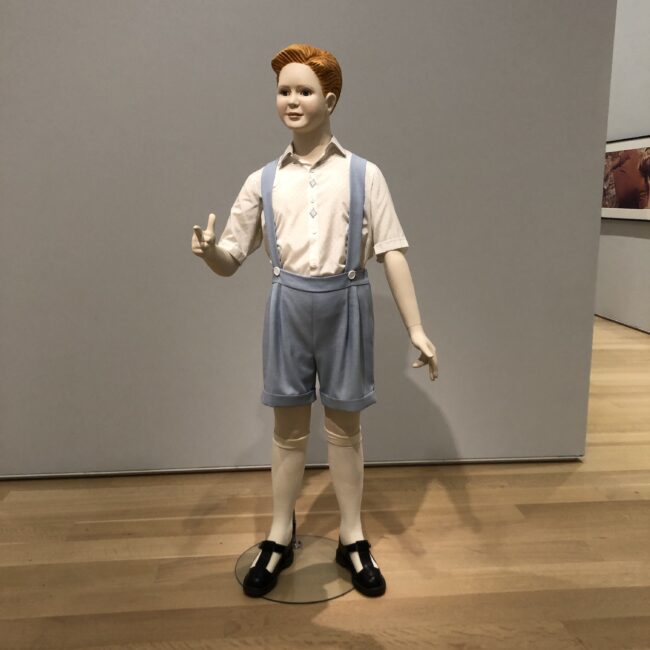

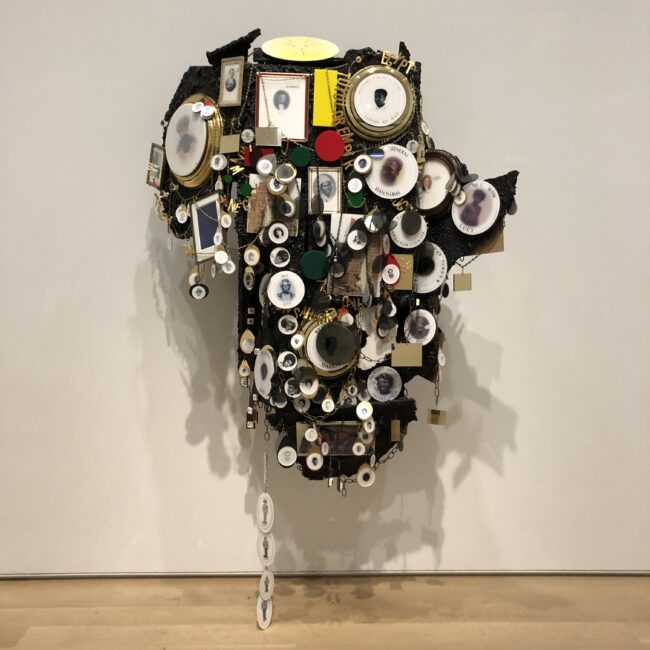
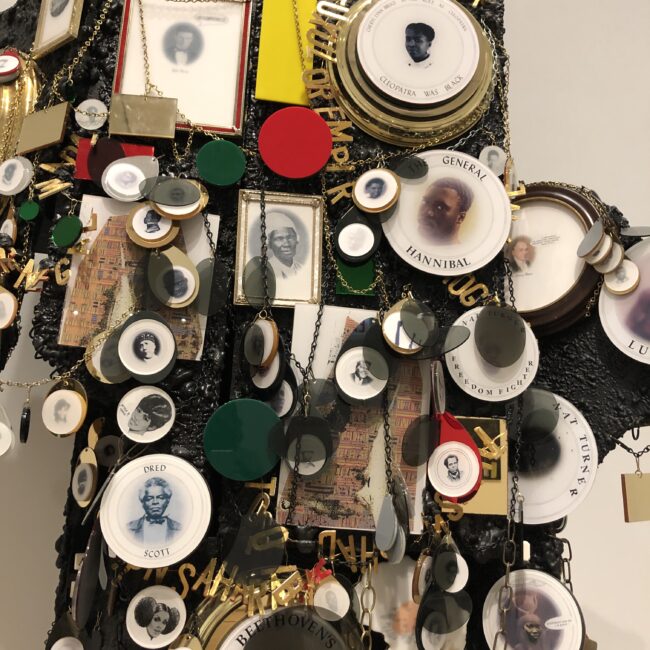
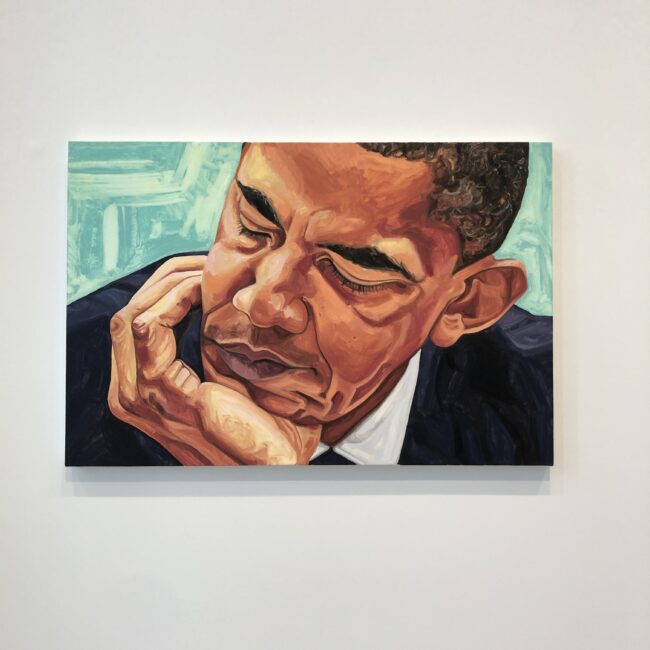
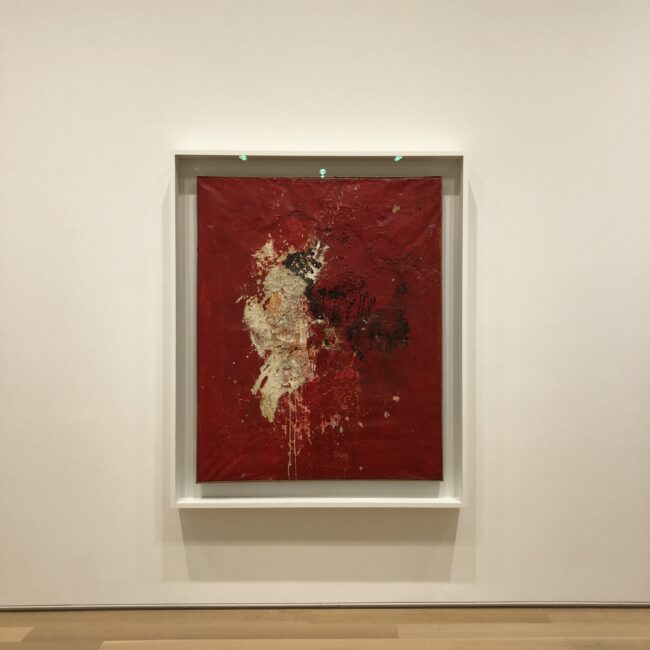

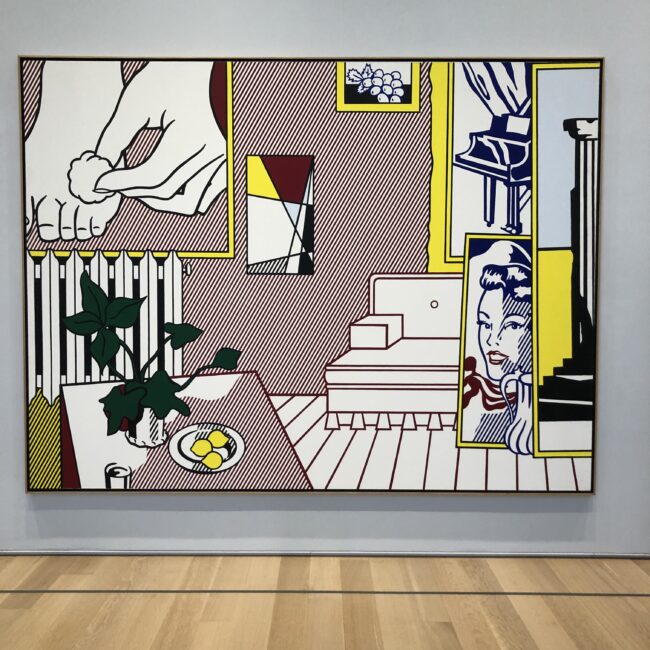
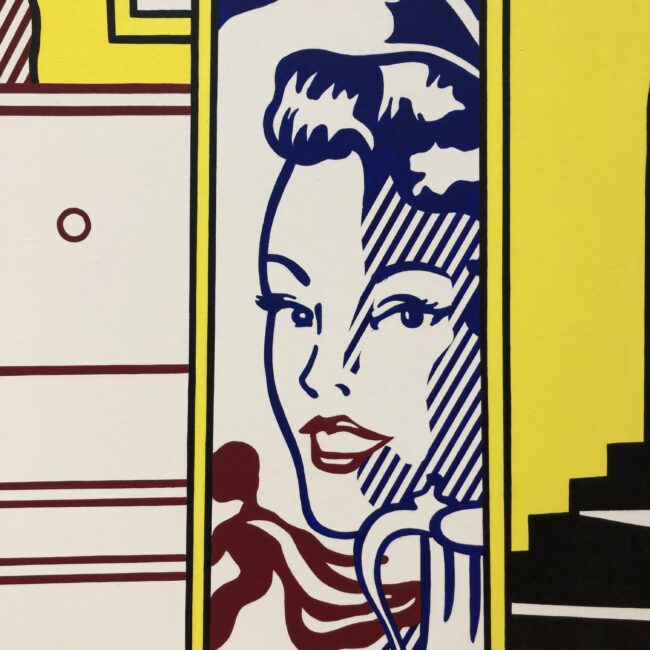
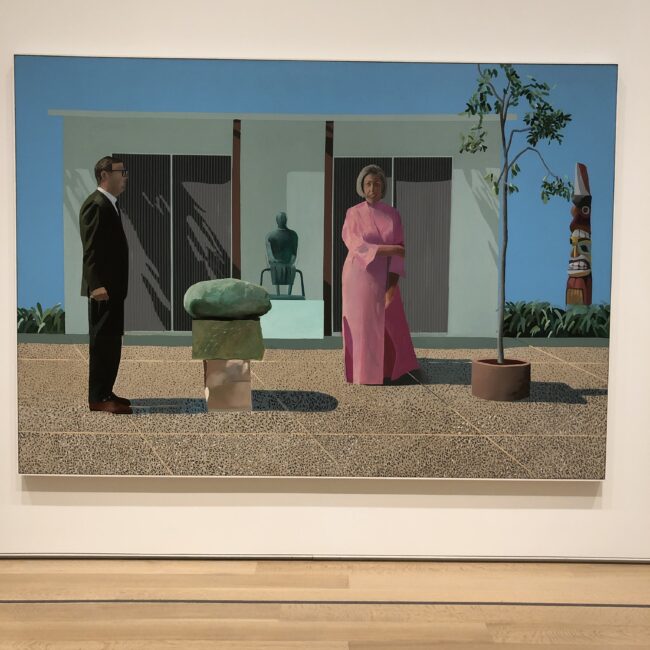
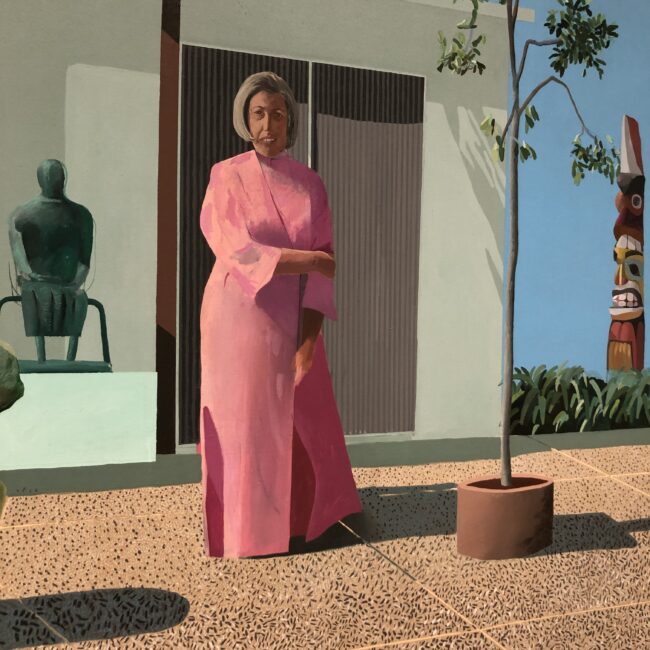
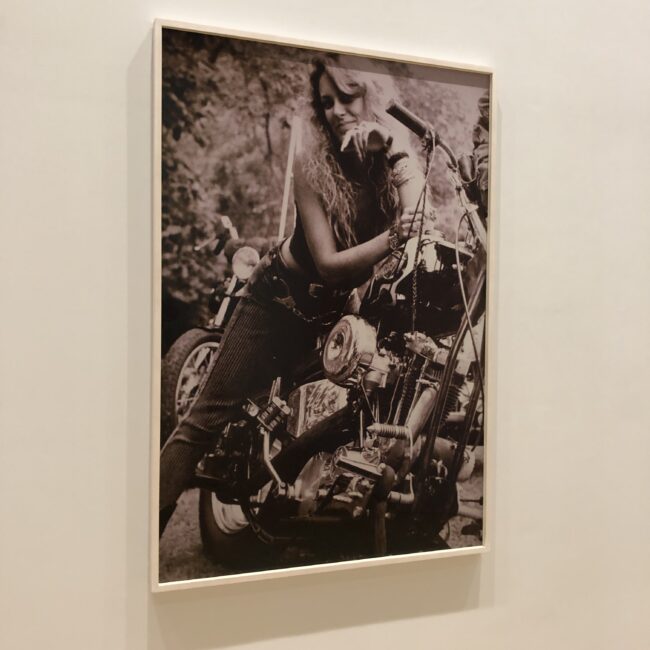


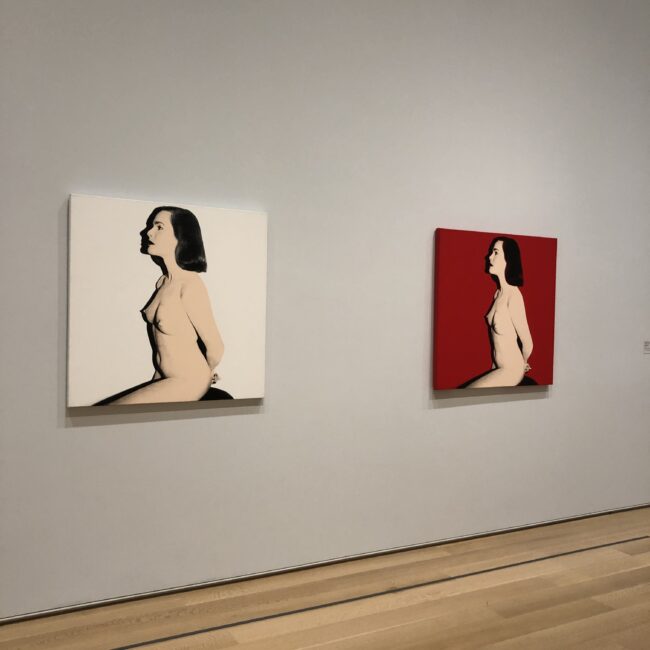

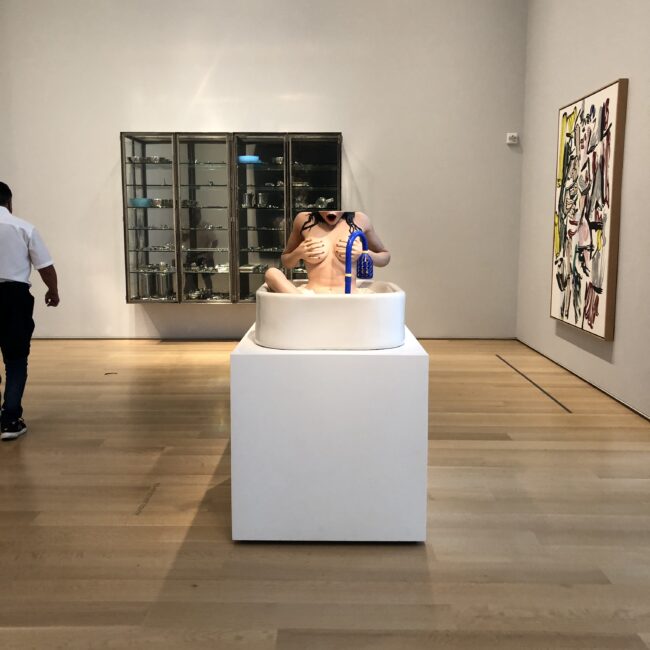
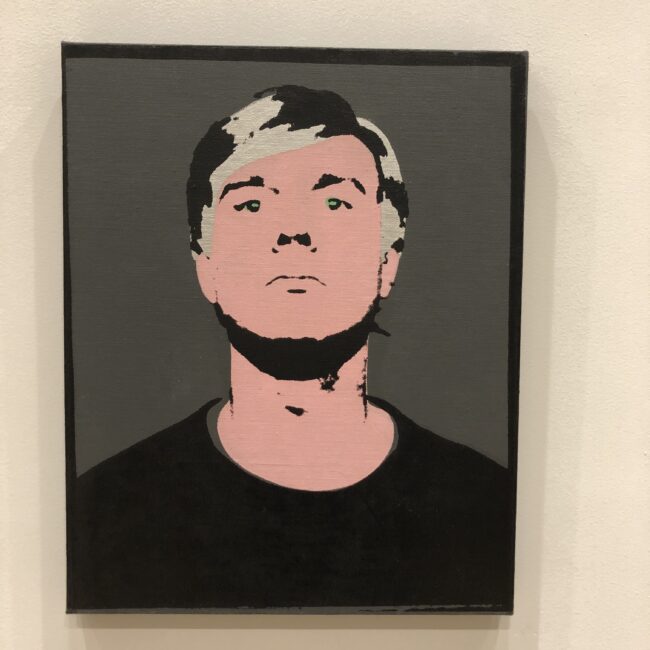
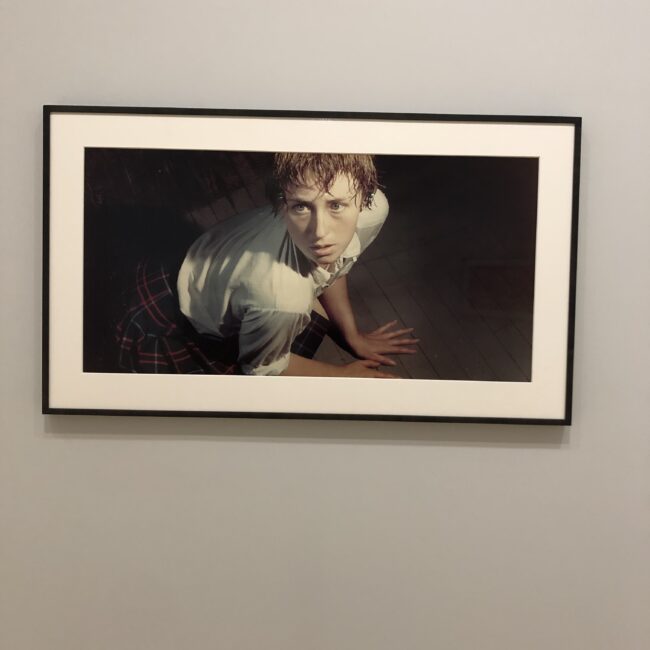
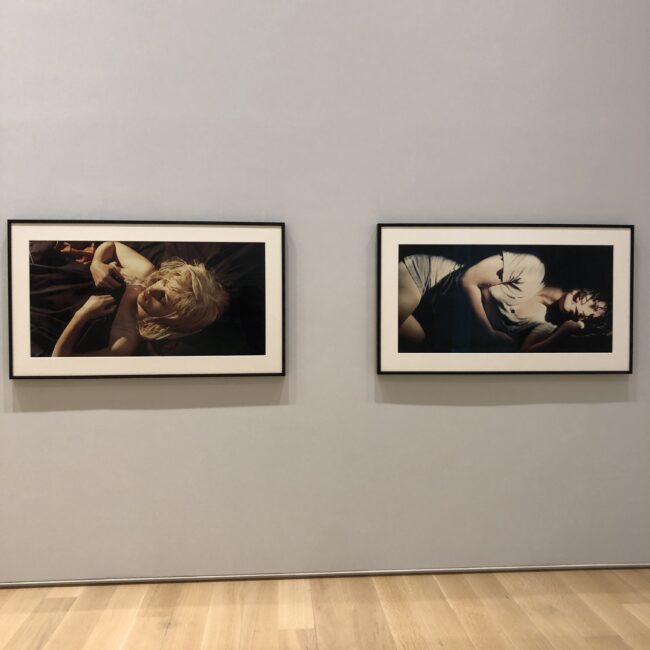

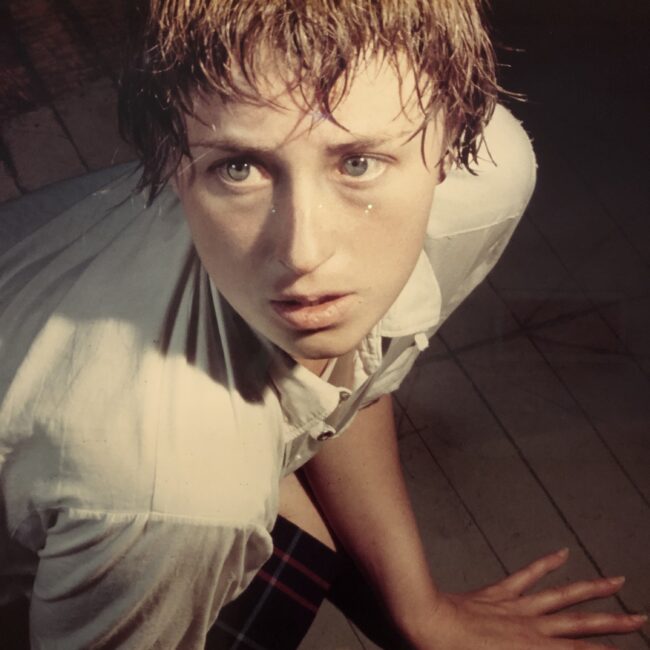




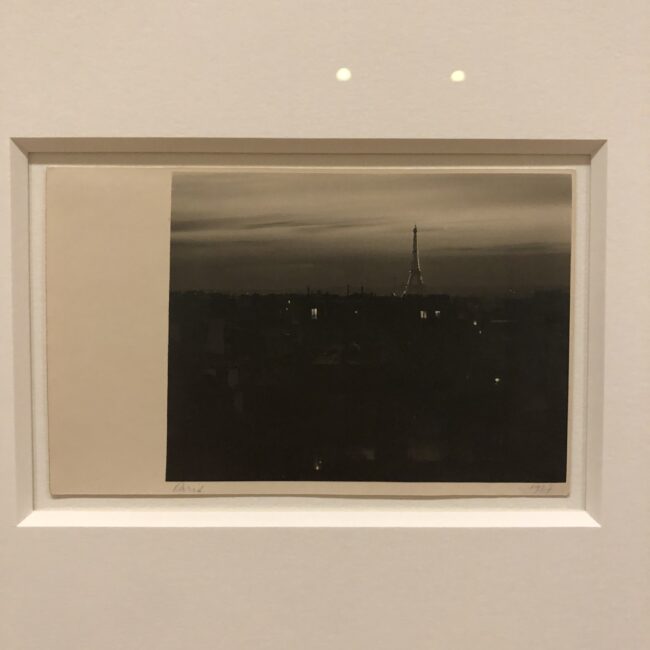
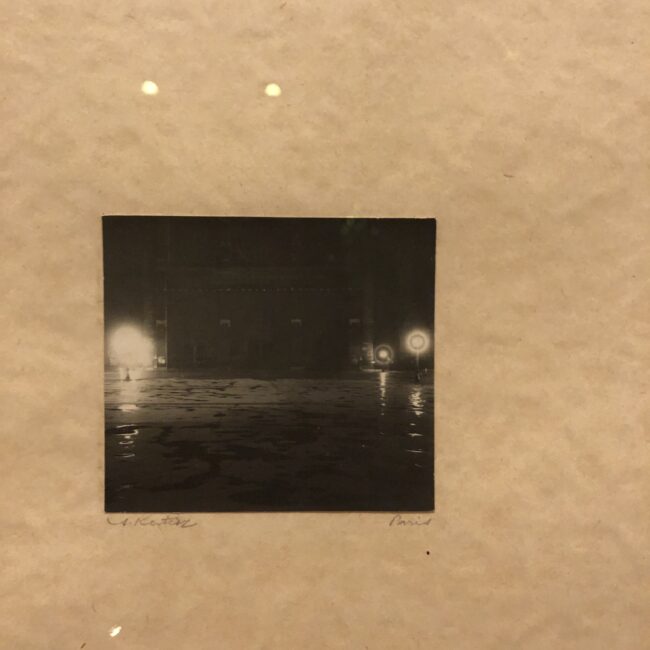
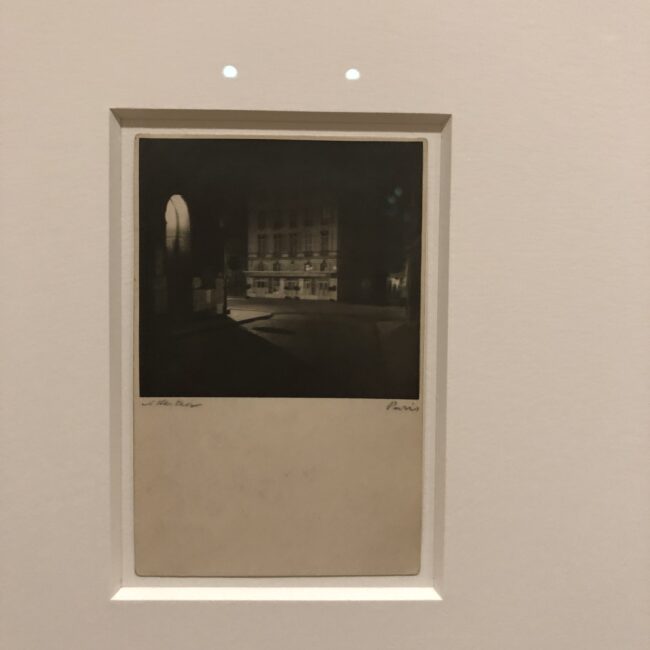
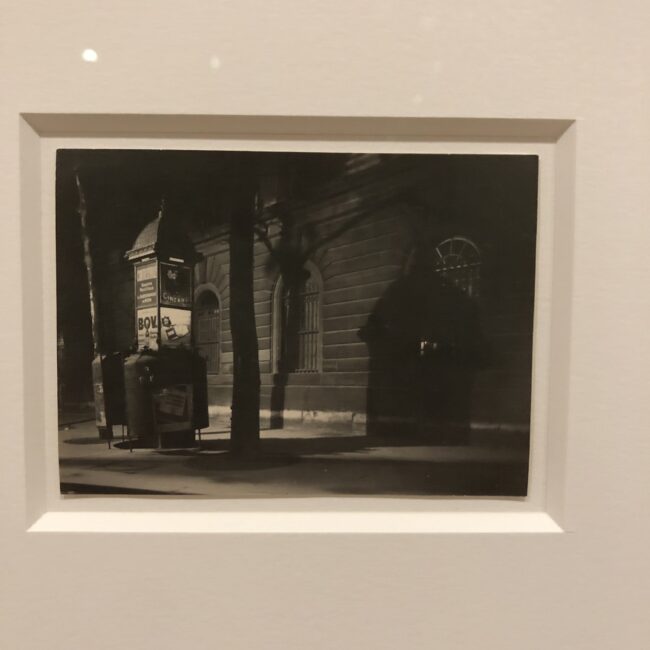
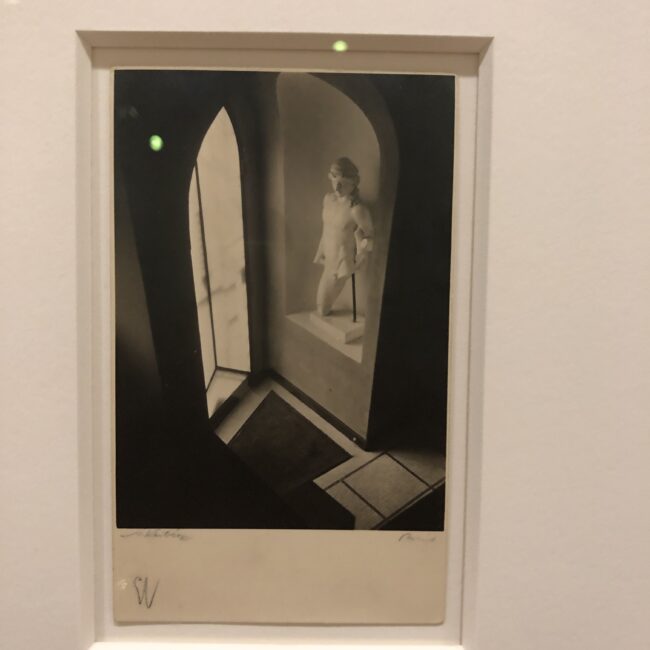
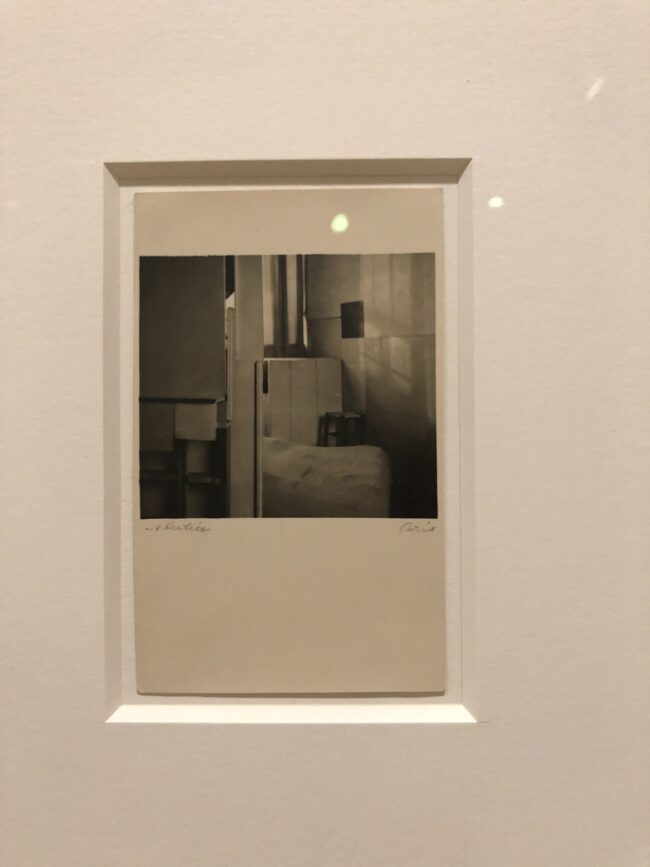
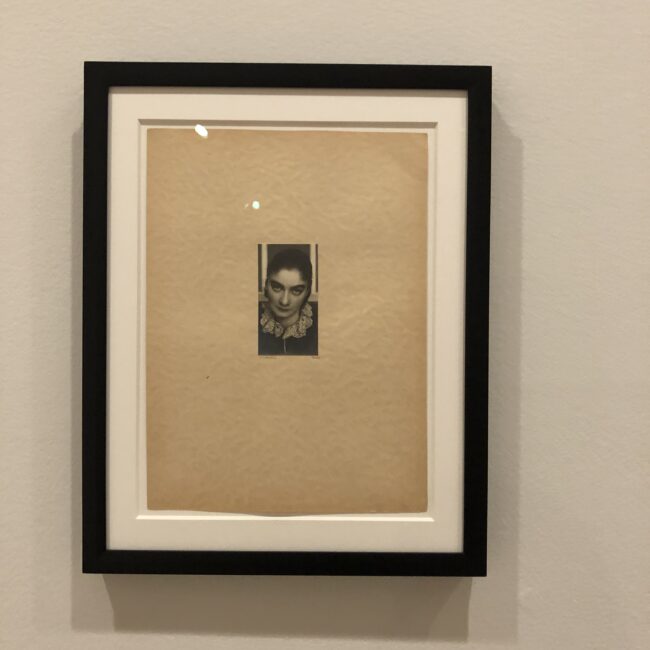
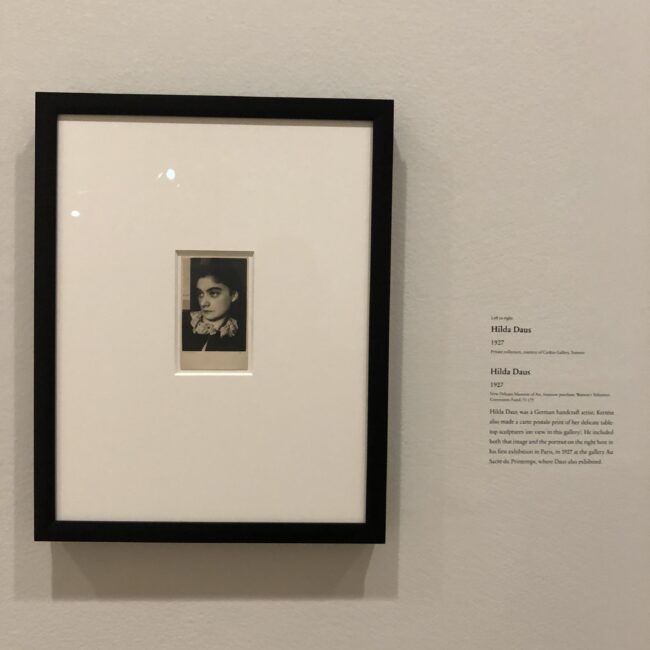
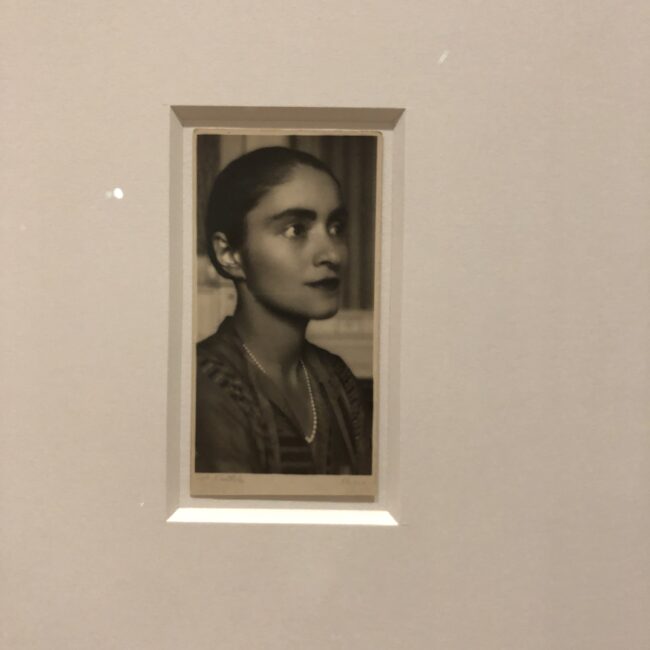


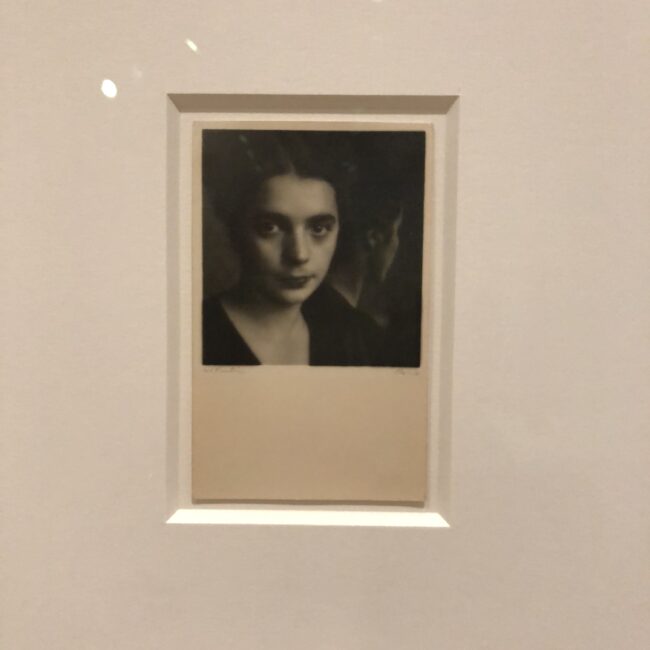
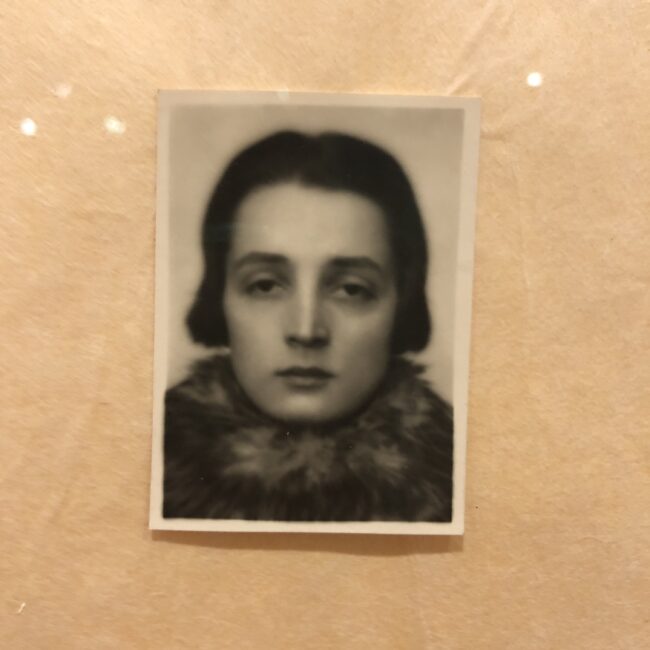
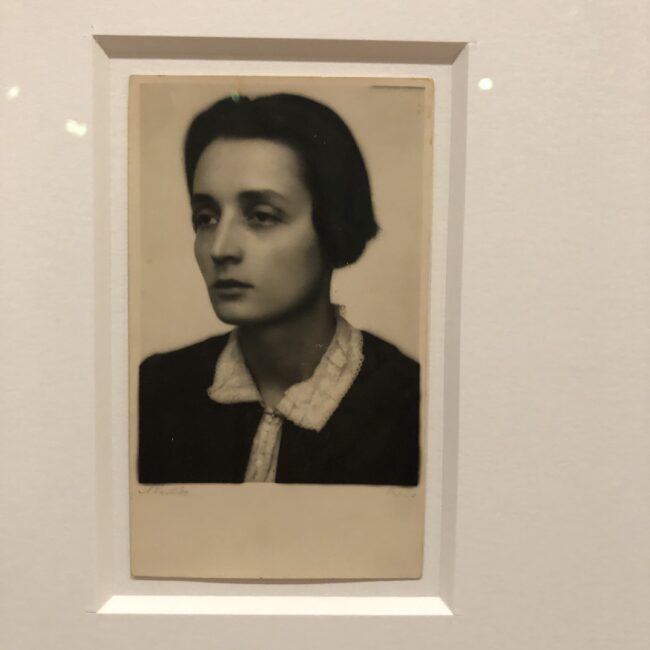
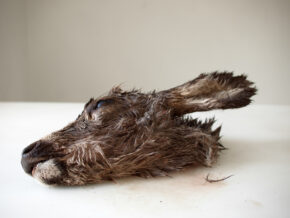
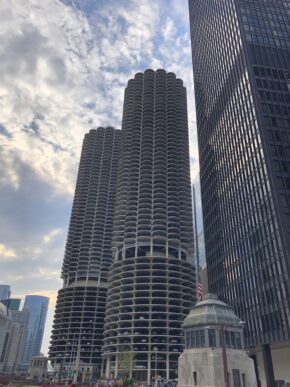
1 Comment
The white marble Koons bust is a portrait of himself and his wife. I do not think that is exploitative. Just my two cents. He was capturing their beauty together in a ridiculous and over the top way. As he often does.
Comments are closed for this article!